By Les Tan/Red Sports
Basketball fans across ASEAN will get a league of their own when the ASEAN Basketball League (ABL) tips off in October 2009. It is the first pan-ASEAN professional sports league.
If you’re a football fan and you’re wondering why there isn’t an equivalent football league in ASEAN, you ask the right question.
Politics and factionalism have proven a stumbling block, something that ABL chairman Tony Fernandes hinted at.
“In this world today, politics does involve a lot of sports and so the best doesn’t always come out,” said Fernandes. “It’s great today that we see a lot of camaraderie to make the [Asean Basketball] league a success.”
There was enough camaraderie in the ASEAN Football Federation to get the ASEAN Football Championship off the ground in 1996.
Christened the Tiger Cup after their main sponsor Tiger Beer, the event proved that there was appetite for regional football.
However, the competition – known as the Suzuki Cup in its last incarnation last December 2008 – never improved and innovated. It remained as a biennial competition lasting no more than three weeks at a time.
The lack of a regular football league means no meaningful sports industry can develop. A regular league creates new jobs, not just for the players, but also for coaches, referees and front-office staff. Each country also benefits from tourism spin-offs as fans travel in this era of budget airlines.
The ABL will now probably create these opportunities for the basketball industry.
Without a regular regional football competition, the Singapore national football team is suffering also as a result, playing too few meaningful games with too large a break in between.
With only the S.League to play in, the national players struggle to step up to international football when they get together. The lack of training time together resulted in the humiliating 5-0 loss to Liverpool last month, when a second half collapse saw them concede four goals.
The national basketball team also does not play many meaningful games in a year, but now the national players have a realistic chance to build a career with the Singapore Slingers. All the seven locals on the Slingers roster are expected to be current national players.
“This [league] will wake up a lot of people,” said Fernandes. “Why did someone from outside of basketball and outside of Philippines come up with this idea? I think there will be many, many more ideas now. They’ll say, ‘If that guy can do it, let’s try and do it for football.'”
“Football is crying out for it. The only exciting football in ASEAN is the Tiger Cup,” continued Fernandes. “There is nothing else that gets anyone off their butt to go to a stadium.”
“I’m optimistic that there will be many, many more ASEAN championships of a professional nature – well-run, well-funded, and well-marketed.”
The ASEAN Football Federation failed to take advantage of their initial success with their championship and improve it for fans and sponsors. Offered the first opportunity to go with a regional league by serious sponsors, they just couldn’t get their act together.
Their foot-dragging now means the honour of having the first pan-ASEAN professional sports league goes to the sport of basketball.
Too bad for football.

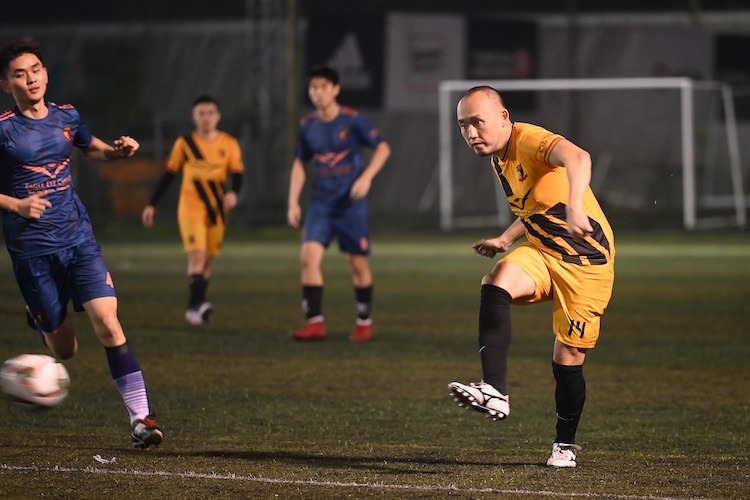
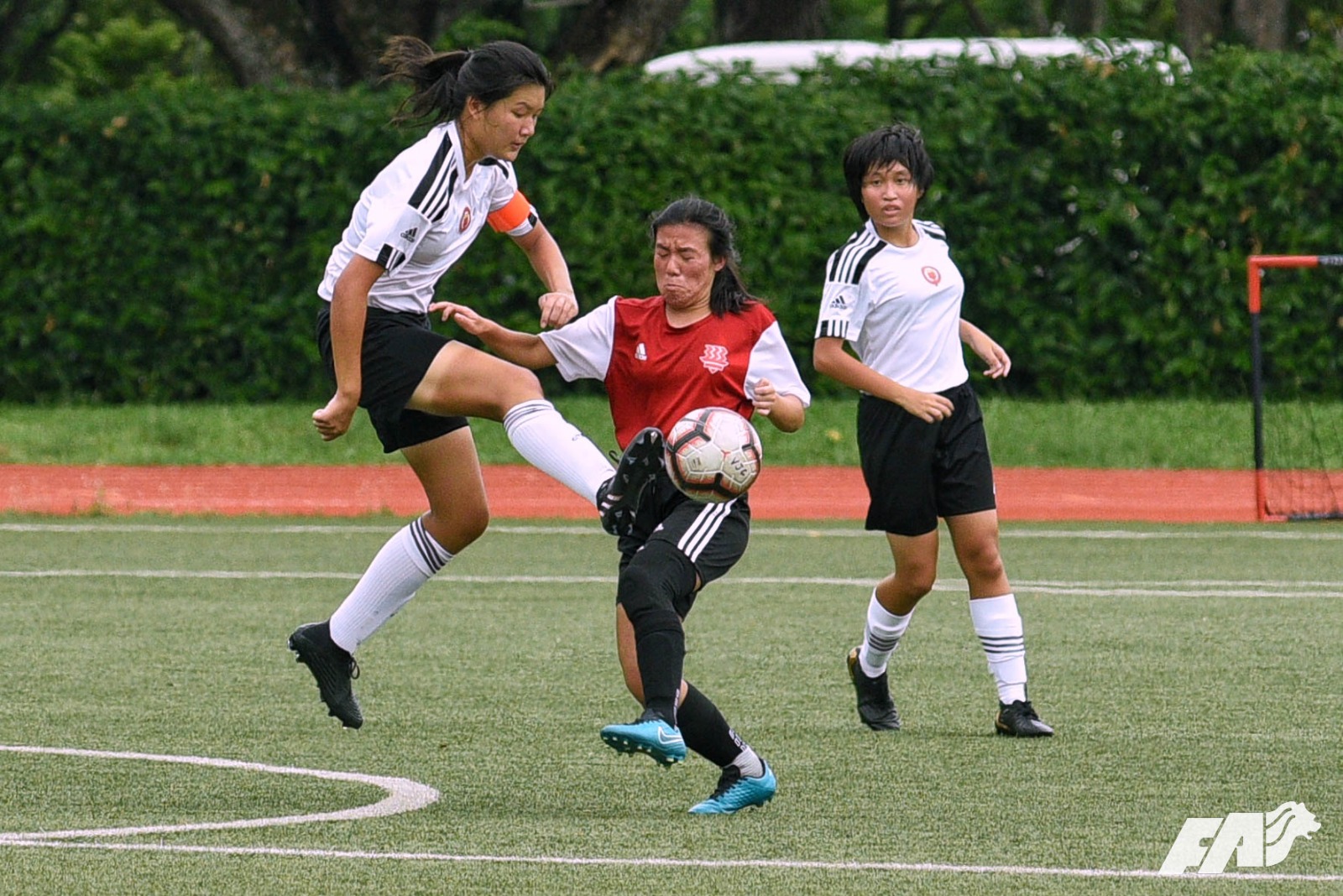
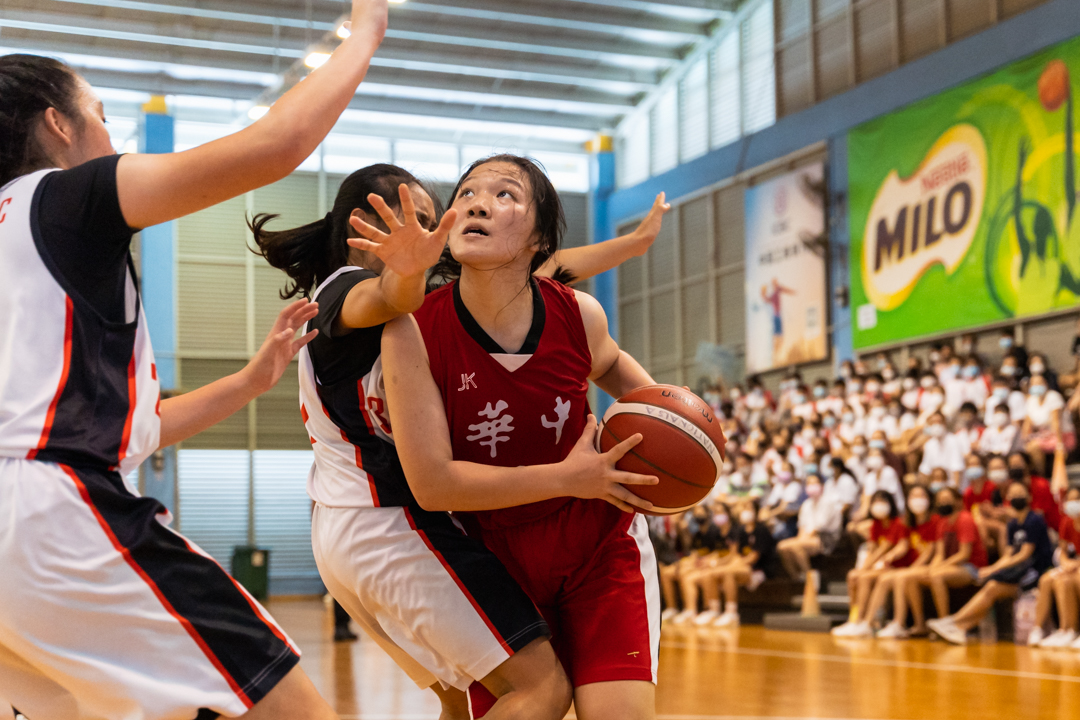

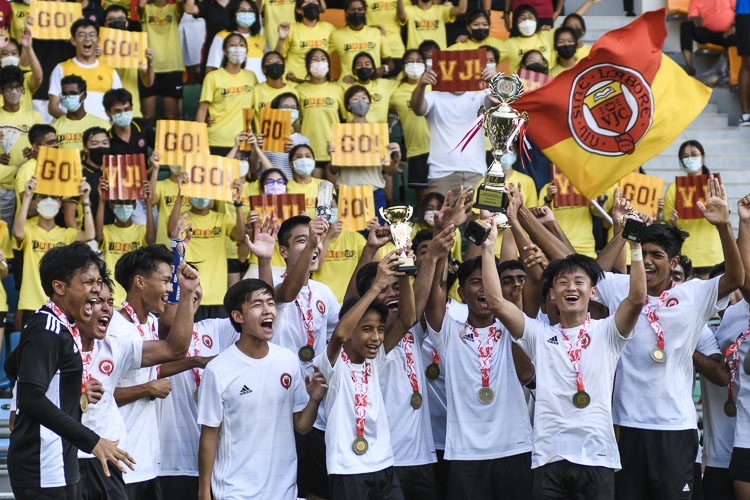
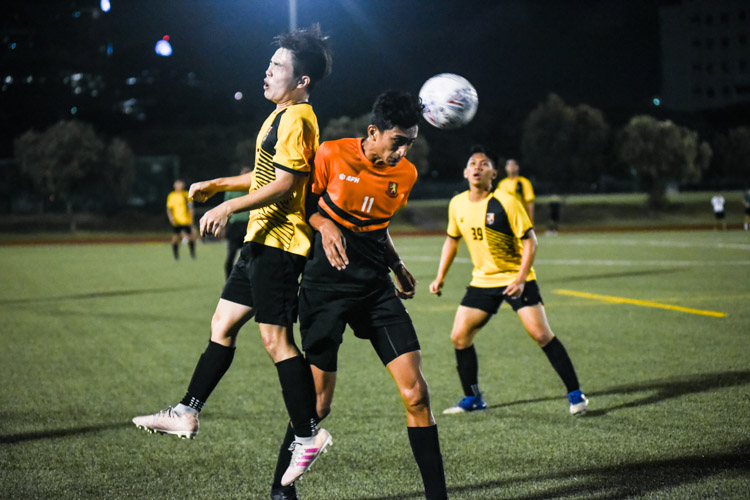
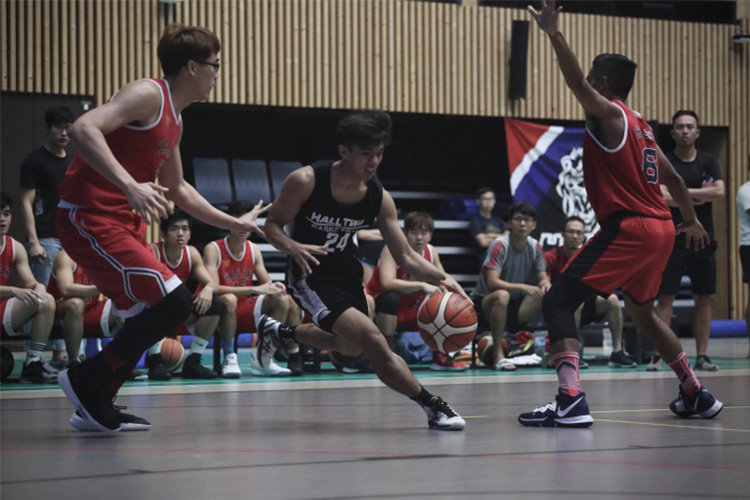
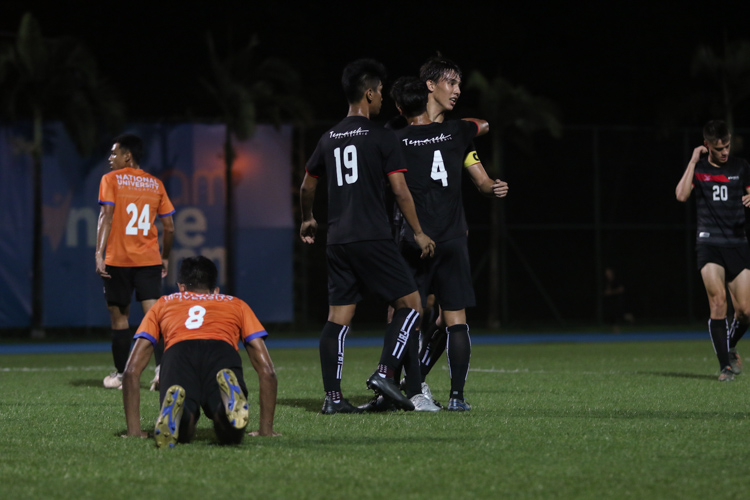
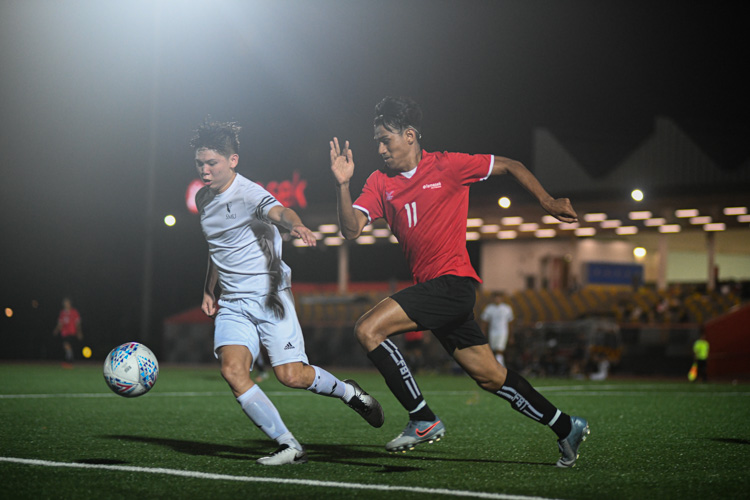
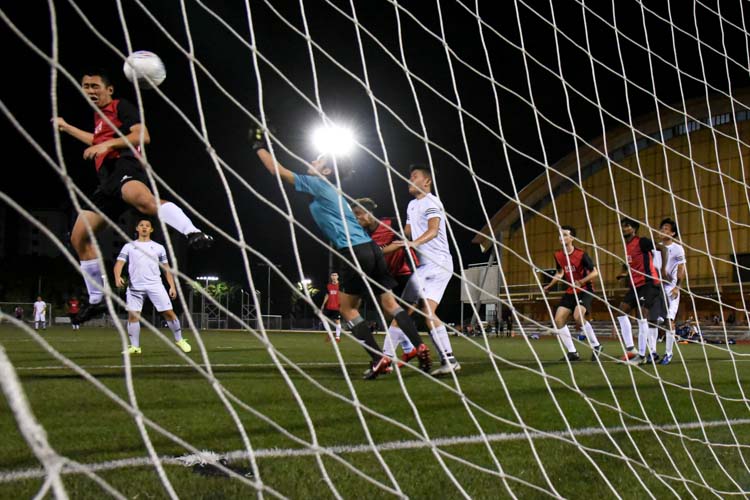
@les
re: Asean Champions League / AFF Club Championship
I am aware of that tournament that Tampines won in 2005. However, that competition is a nine day event based in a country. What I am suggesting is a longer tournament with home and away format to involve more fans.
re: new clubs
I am interested to know what new the franchise you have in mind is going to be named? If there is a need for two, how is it going to work? East / West Singapore?
@kar-teck: Oh, I didn’t know the ASEAN Club Championship was a 9-day event. Yes, I agree with you – a longer tournament with home and away to involve more fans makes sense.
With regard to new professional football clubs, I think we can only sustain one professional club in a regional pro league. Not sure Singapore is big enough for two.
I have no info about a new franchise but with ABL tipping off this October, and if it works, there will be impetus for a football version. 2011 is a date I heard.
@nameless – yeah, I heard about the V-League and the enthusiastic support of Vietnamese fans.
I think an ASEAN Football League will need to exist outside of any present structure like the ASEAN Basketball League. The teams that start the ASEAN Football League will have to be new teams, leaving current teams to play on in their own domestic leagues.
Of course, the better players will want to play professional football on a regional basis, I’m sure, and so the best will gravitate to these teams, leaving each country’s league untouched and to carry on with their present structures.
I think the people who are interested in an ASEAN league will probably be business owners who can afford to run their own teams and who see the business side of having a regional league.
@Les: I can understand the perspective that you are taking. But the thing is, the other stronger Asean football nations may not be interested even if we do.
From what I know, the Vietnamese is very well supported by the fans. The Indonesian Leagues has a lot of teams, each with their own fan-base. Not so sure about the Thai League as no attendence figure is available, but they seems to be able to get better foreigners as well.
For Malaysia, the obstacle will be their inter-state politics. It’s hard to see how they will want to get involve in the Asean League, unless that is overcome.
That will leave us with Myanmar, who is setting up their own league as well, and the likes of Brunei, Laos, Cambodia, East Timor and Philippines. I think a league with them may not do as well as the S-League in the long run as well.
The S-League may be diminishing, but the Asean League may not be an answer, given that the likes of Thailand, Vietnam, Indonesia and most likely, Malaysia, are not interested as they want to focus on their own league, which is going the way they want.
football is harder to coordinate than bbALL… bball only 5 players, 1 indoor court
@kar-teck – by the way, you mentioned an AFF Champions League type competition. Isn’t that similar to the AFF Club Championship? I wonder why they discontinued that championship…
There is some info here in wikipedia:
http://en.wikipedia.org/wiki/ASEAN_Club_Championship
@kar-teck – i think starting new pro clubs from scratch in singapore would probably be the way to go for an asean football league.
They will start from zero in terms of fan base and popularity but I don’t think they have to worry about competing with the s.league clubs for popularity because they would be playing in a higher visibility league.
I would love to see singapore a thriving professional league but after 14 years, the fan numbers have shown a drop off. Rebranding the league and the teams I think would have negligible benefits.
The league essentially lacks a strong enough emotive core. Not enough care strongly if SAFFC is on course to win four national championship crowns in a row this year.
I have to say I agree more with nameless in this instance.
I think despite the criticisms on the sleague, I would rather our nation have a 100% professional league. I do not agree with the notion of creating a pan-ASEAN football league and if it does happen, I really can’t see it succeeding.
1) Presumably, there will be one or two clubs from each country in this new league. Who will represent Singapore for example? SAFFC and Tampines? That will deprive the sleague of its best local teams. If we create two clubs (or franchise, like the Americans love to call it) for the sole purpose of this new ASEAN league, the new team will lack fanbase and a cultural base. They will have to start anew in player recruitment, branding etc.
2) Currently, the top teams from the Sleague can look forward to an outside chance of the Asian Champions League and the AFC Cup. Will AFC grant the winner of this ASEAN league a spot in the Group Stages of the Asian Champions League?
3) Currently, there is no league tournament in the world of football that consists of a few teams each from several different countries. There is a champions league competition in every continent, but all of them are part-round robin / part-knockout. I find it difficult for ASEAN to take this leap of faith and inaugurate such a competition.
4) I really enjoyed the idea of a AFF Champions League so I believe that is what the AFF should look into organising on a annual bassis. Allow me to recommend the below format:
2 teams each from Singapore/Thailand/Malaysia/Indonesia/Vietnam (10)
1 team from Cambodia/Myanmar/East Timor/Phillippines/Laos (5)
1 team (title-holder)
First round: 4 groups of 4 teams play home and away, top 2 proceed (6 matchdays)
QF : home and away (2 matchdays)
SF : home and away (2 matchdays)
Final: one-off final, played in the home country of the team with a better record reaching the final.
11 matchdays in total. If scheduling is tight, the competition can be completed within 3 mths (or less)
For once I will have to disagree with Les, simply because the current situation in Asean football is so much more different from Asean basketball.
For basketball, the only country with an established and better known league is probably the Phillippines. The Indonesian and Thais probably have their own league, but little is known. Singapore and Brunei don’t have a pro league, while Malaysia’s league is only semi-pro and plays for around 3 months a year.
Compare this to football. Every country in Asean has it’s own league. It’s just a matter whether it is pro or not. The Indonesian league is so huge that until a few seasons back it plays with 2 conferences. The Vietnamese League is extremely popular back home, and Thailand, Malaysia and Singapore all have their own pro league. Even Myanmar is establishing one themselves. The other countries all have their semi-pros league.
The problem with football is that with so many teams, so huge the fan-base, the 20 team league targeted by ABL could be too small for them! And a league bigger than that could throw up some logistical and schedule problem, especially with internationals games around. On top of that, where will the Asean league place the current domestic league? The domestic league may become second feeder, something that may not be well for the people who put in effort to build it.
I think the domestic football league in Asean has each done a great job in keeping the talent of football in each country in the game. This is something that basketball doesn’t have, and an area where the ABL can look into to help each country.
As for a pan-Asean football competiton, I did suggest an Asean Champions League that feature the top clubs from each Asean domestic league, using the UEFA Champions League format. This could be the intermediate stage between the current AFC Champions League and varioyus domestic leagues, and could be use as the ACL qualifiers in the future. In-cooperating the pan-Asean competiton with the current leagues may be better than setting up an entirely new league to compete against them.
@nameless: I welcome the discussion. : )
You wrote: “The problem with football is that with so many teams, so huge the fan-base, the 20 team league targeted by ABL could be too small for them!”
Not sure what you meant by that. Are you referring to football or basketball? The ABL is about bball.
There was an ASEAN Champions League type competition wasn’t there? I think Tampines Rovers were the last champions in 2005 and then the ASEAN Football Federation (AFF) never organised the championship again. It’s officially known as the ASEAN Club Championship and only two editions were played in 2003 and 2005. The ASEAN club trophy is sitting in Teo Hock Seng’s office gathering dust right now.
The ideal pan-ASEAN football league is one that involves purely the national teams. But that won’t work given current realities.
The pan-ASEAN football league that will probably have half a chance to work is one that does not incorporate the current leagues and has teams are that are fully owned by private interests and organised by private commercial companies. Then the incentive to succeed will be higher.
The AFF hasn’t shown that it can organise a club championship on its own steam on a continuous and consistent basis for the benefit of regional football development.